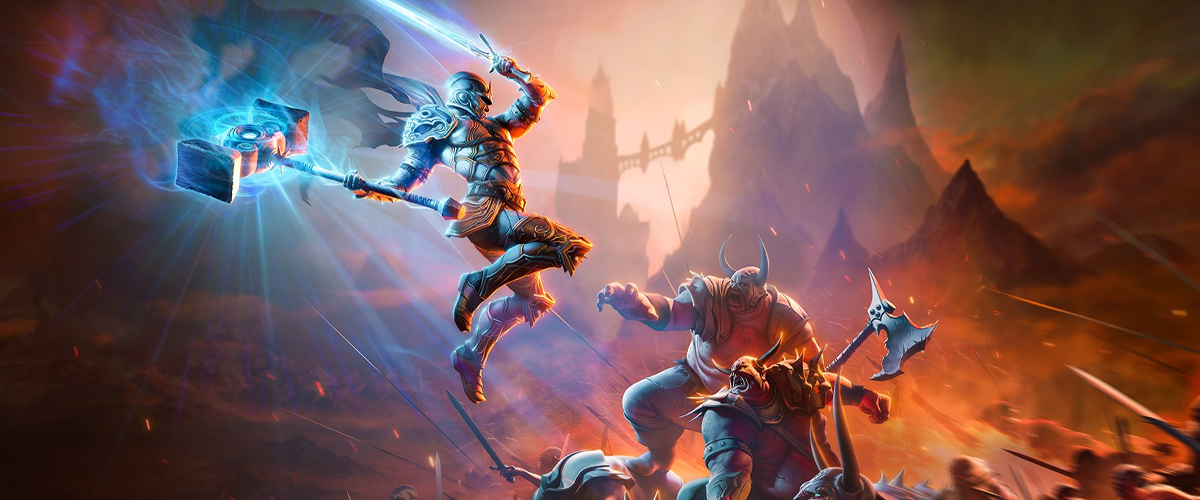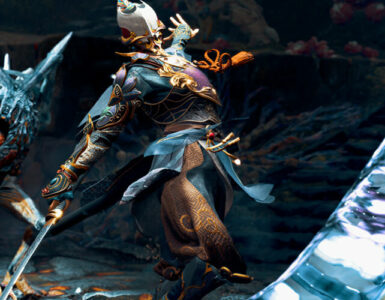- Shares
- 122
When Kingdoms of Amalur: Reckoning first came out in 2012, developers 38 Studios and Big Huge Games set high expectations for this fantasy RPG. One of the game’s biggest hype factors was that it was developed by a dream team of sorts – the realm of Amalur was almost single-handedly built by renowned fantasy novelist R.A. Salvatore; the art direction led by creator of the iconic Spawn comics, Todd McFarlane; the epic music scored by big-name video game composer Grant Kirkhope; and gameplay developed by ex-The Elder Scrolls lead designer Ken Rolston.
And with a publisher like EA at the time, Kingdoms of Amalur was poised for success… except that it fell flat on expectations on both the development, publishing, and player side of things, despite receiving relatively favourable reviews from both critics and players. But even years after 38 Studios’ eventual bankruptcy and shutdown in 2012, it is still widely hailed as a cult favourite among the community, mainly due to its charm and whimsy, as well as its intense and fluid combat system that would otherwise have been absent in typical games in its genre.
So when Kingdoms of Amalur: Re-Reckoning was released, it came as a shock to many as it was one of the few remasters that seemed off the cards. Having played through it, it does look and feel very much like the original… but not exactly in the best ways one would have expected in a remaster. On the plus side, it does come already including the original DLCs, Teeth of Naros and The Legend of Dead Kel, pre-packaged in the game, which should be the case for a remaster of an 8-year-old game.

Just to jog your memory a little (or if you’re new to this IP), Kingdoms of Amalur: Re-Reckoning puts you in the shoes of the Fateless One, a character who literally just died but was resurrected in the Well of Souls as part of a successful experiment, in an interesting turn of (heh) fate. As the Fateless One, you possess the uncanny ability to avoid “Fate’s weave” (in other words, you have the freedom to alter different aspects of the game’s story by way of dialogue choices). Oh, and you’ll also be up against the Tuatha Deohn, a race of immortal Winter Fae led by the tyrannical Gadflow, who are currently waging a war against the moral races on Amalur.
When first booting the game up and playing it after the initial cutscenes, one can’t help wonder just what exactly the devs did to slap on a “remaster” label for this game. It looks just like it did back in 2012, meaning to say its visuals hasn’t exactly aged well. To be fair, we reviewed this on a standard PlayStation 4, so we didn’t really get to experience the 4K upscaling, but even then, one shouldn’t have to rely on 4K to make a remaster look good. Crawling out from the pile of rotting corpses literally in the first area, one would have to squint at just what we were standing on. Moving into the overland itself, one might easily mistake the grass fields, buildings, and character models as having some serious pop-in issues, but in reality they’re just really low polygon counts.
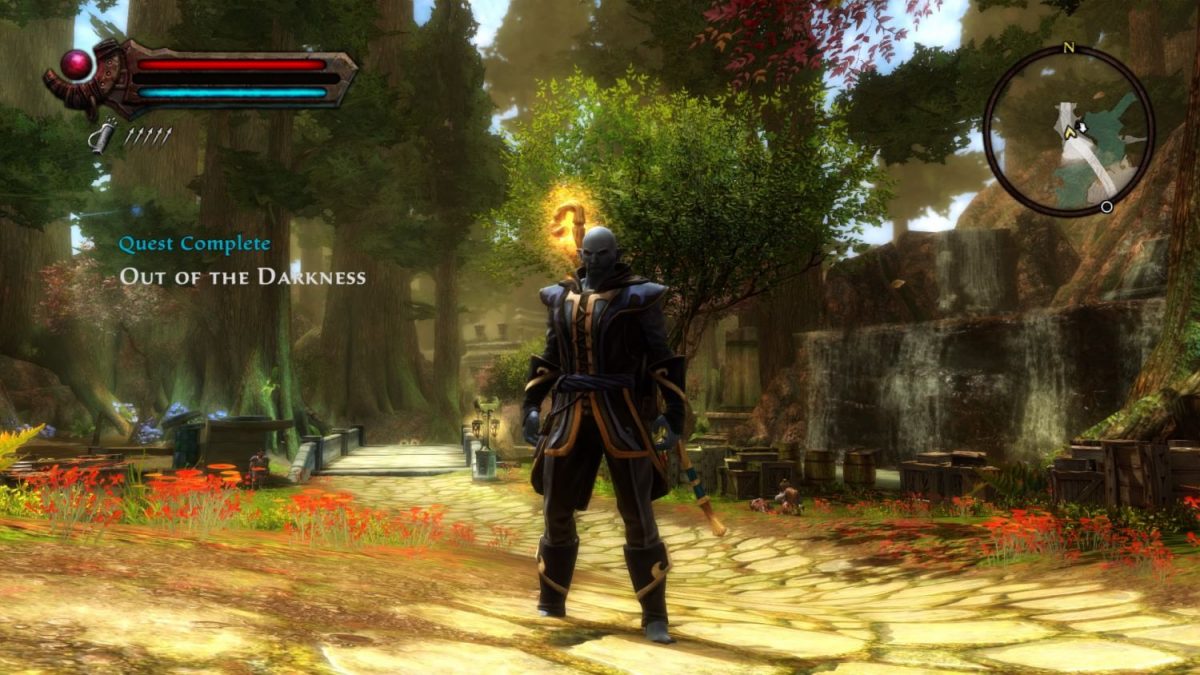
It’s a shame given how THQ Nordic probably had the resources set aside to at least brush up the visuals on Re-Reckoning a bit, but just like its other recent remaster in Destroy All Humans!, the opportunity (yes, you’ll be hearing this term a lot, and for good reason) for this one was also sorely missed. And given how the current console generation is entering its twilight years, it would’ve been nice to add an actually good-looking remaster in what would’ve been the perfect game to do a graphical glow-up on, but alas, it’s probably just wishful thinking on our end. At least it runs at a steady 60fps even on the regular PS4, which is always nice, especially for a game whose combat system is undoubtedly its strongest suit.
Speaking of which, the combat system in Kingdoms of Amalur: Re-Reckoning is undoubtedly its strongest suit. If you’ve played the original one console generation ago, then expect more of the same fast-paced, fluid action goodness in this title. Even if you haven’t, but have experienced the likes of Star Wars Jedi: Fallen Order, Ghost of Tsushima, or just about any FromSoftware game, then you’ll feel right at home here too.
Regardless of whether you’re slicing and dicing enemies with a longsword or greatsword, or blasting them to smithereens with magic from staves, or dancing circles around them with daggers, faeblades or chakrams, there is plenty to love from the real-time combat gameplay here. There are a host of weapons to use in this game (9 in total, to be precise, with 3 in each category of Might, Finesse, and Sorcery attributes), which means there is literally something for every player. Coupled with the fact that each weapon has its own unique set of animations, and that the original devs took a leaf out of fighting games and included unique button combinations for each weapon to elevate the system to more than just a frenzy of button-mashing, the combat alone can be the reason why one would want to invest so many hours into this game.
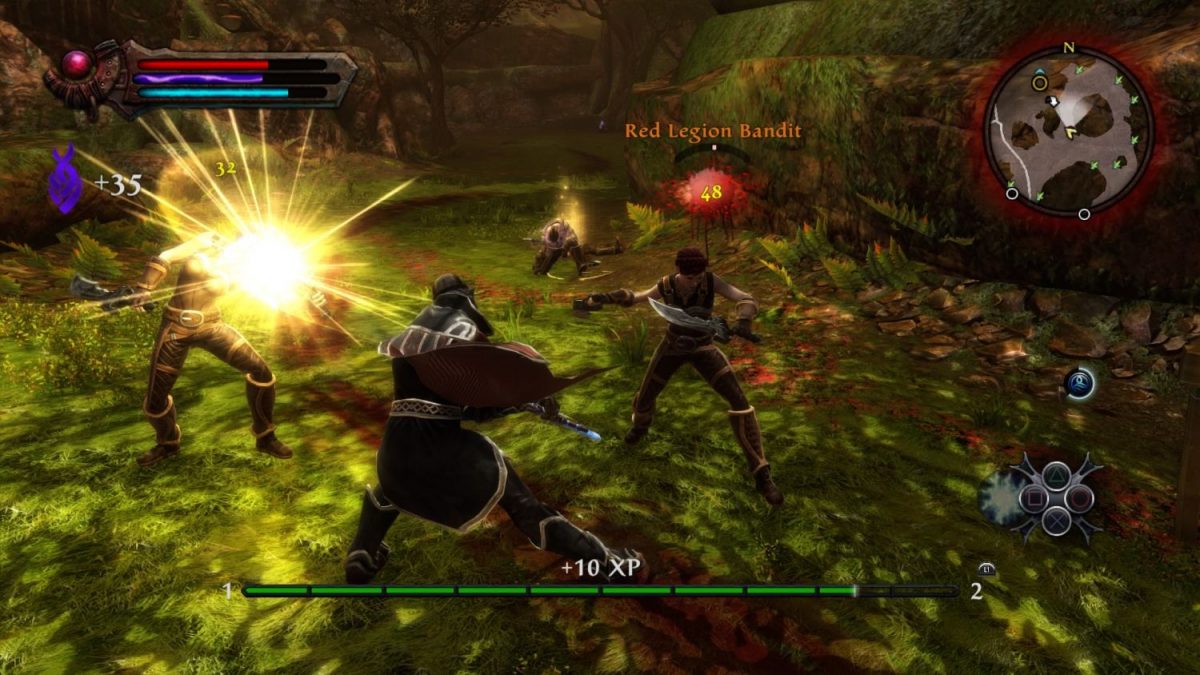
The ability to build your character into literally anything you want is also really fun to do, and complements the ability to wield just about any weapon and armour combination, provided you meet the attribute prerequisites for said gear, of course.
It just feels so satisfying to hack, slash, and fry enemies with a combination of steel and magic, regardless of difficulty level. In addition, the super-powered-but-limited-use Reckoning Mode is always great to use, adding a much-needed adrenaline boost to the most tense of fights, and also adding God of War-like button prompts to give one a small XP increment is also just as feel-good as it was in the original game. And with a constant 60fps, seeing yourself darting and weaving around the battlefield laying waste to enemies in the most visceral of ways is always nice to see.
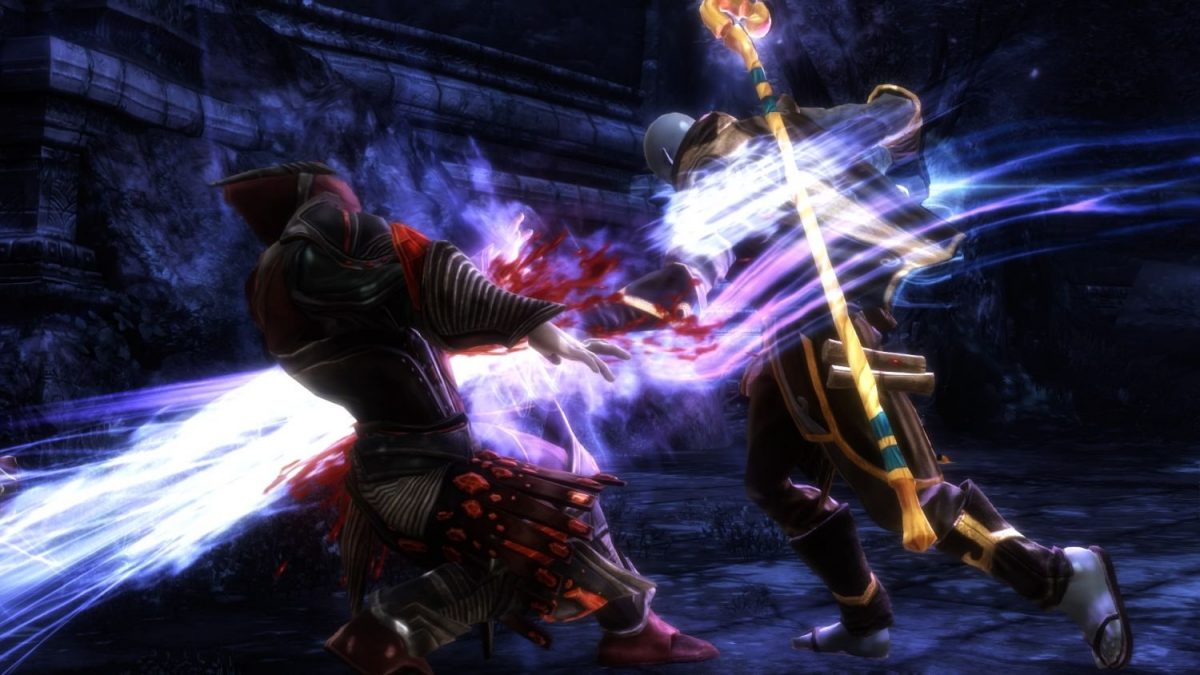
That said, despite how fast and fluid it feels, it plays on a snail’s pace compared to the aforementioned recent titles such as Ghost of Tsushima and the FromSoftware games. When you press an attack, you’re unfortunately locked to your animation, meaning you’ll be left vulnerable if you miss. The same goes for rolling out of the way; you’ll be stuck rolling and recovering, which will more than often leave you a sitting duck in the face of hordes of enemies.
THQ Nordic could have smoothened this experience by incorporating some form of animation-cancelling or just quickened these animations a little, as they could often result in some really frustrating combat moments and more often than not result in a Game Over screen due to one being stuck to their animations. This aspect probably wouldn’t have been as noticeable back in 2012, and when juxtaposed against today’s action-adventure titles, it does feel sluggish in comparison. That said, combat still feels fun overall, even in the harder difficulties.

Aside from combat, the other strong aspect of the original Kingdoms of Amalur that many will be delighted to re-explore in this remaster is its worldbuilding. With an incredibly detailed and thoughtful writer like Salvatore in the team, it is no surprise that Amalur is teeming with lore and background. It can be seen in just about anything the player comes into contact with; dialogue with NPCs, notes and books found across the in-game world, and cutscenes.
It’s an oasis of lore that will keep even the most hardened of fantasy RPG players engaged, and it does put to perspective at just how much potential there is for a sequel for this game (which, at the time of writing, could actually happen given there are several rumours of THQ Nordic planning to develop one).
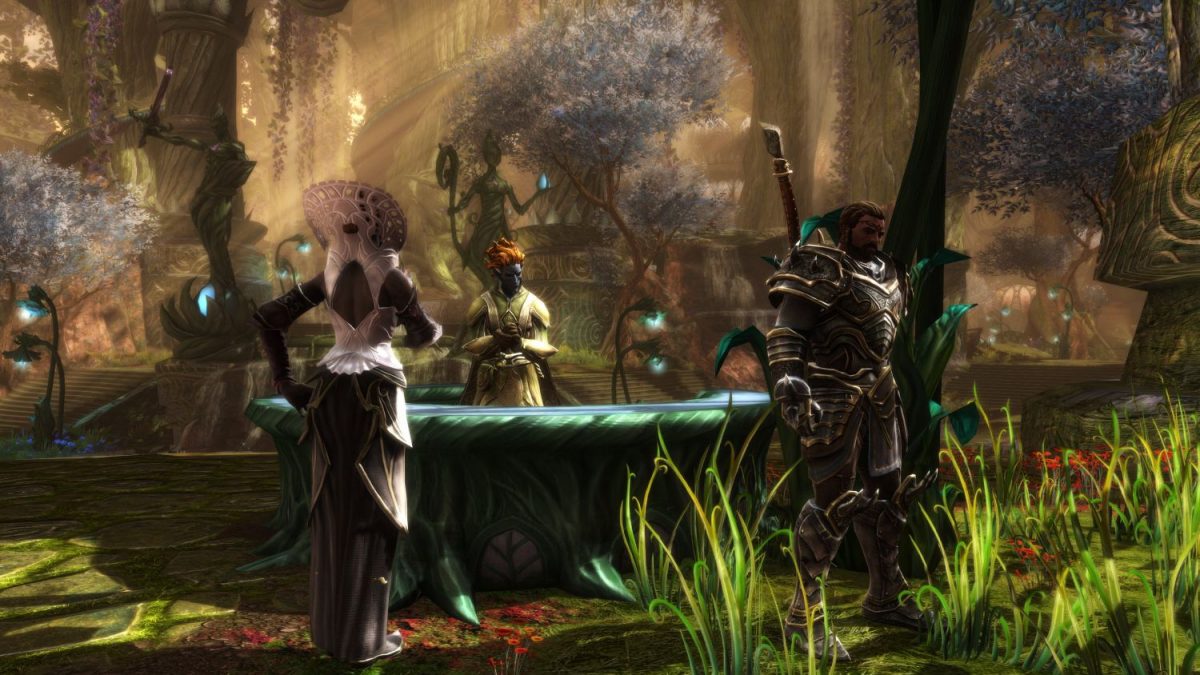
While the world of Amalur is incredibly rich and detailed, the same unfortunately can’t be said for its story and characters. Again, if you’ve played the original, then expect pretty much the same. Having played through it again, there really doesn’t seem to be any one character that stands out, and that’s the sad thing about this game, in which the worldbuilding was so intricately done. You’d probably have an easier time naming the locations than the characters themselves. They don’t even look that much different from one another (it doesn’t help that their character models are so low-quality even in 2020), and you’ll be constantly relying on quest markers instead of the character models to be able to reach most, if not all, of the NPC quest-givers.
Speaking of quests, despite being so ironically branded as the Fateless One there doesn’t seem to be much for players in the area of player agency, which does contradict the point of being a character detached from the aspect of fate itself. There is very little to no variation in how one can complete a quest, or even just engage in dialogue options (which are, unfortunately, limited to just a paltry 6 due to the devs using the much-maligned dialogue wheel that EA was so in love with at the time), which then makes one question just how much RPG is in this RPG. Again, it does a great disservice to R.A. Salvatore’s writing and the voice work done in this game.
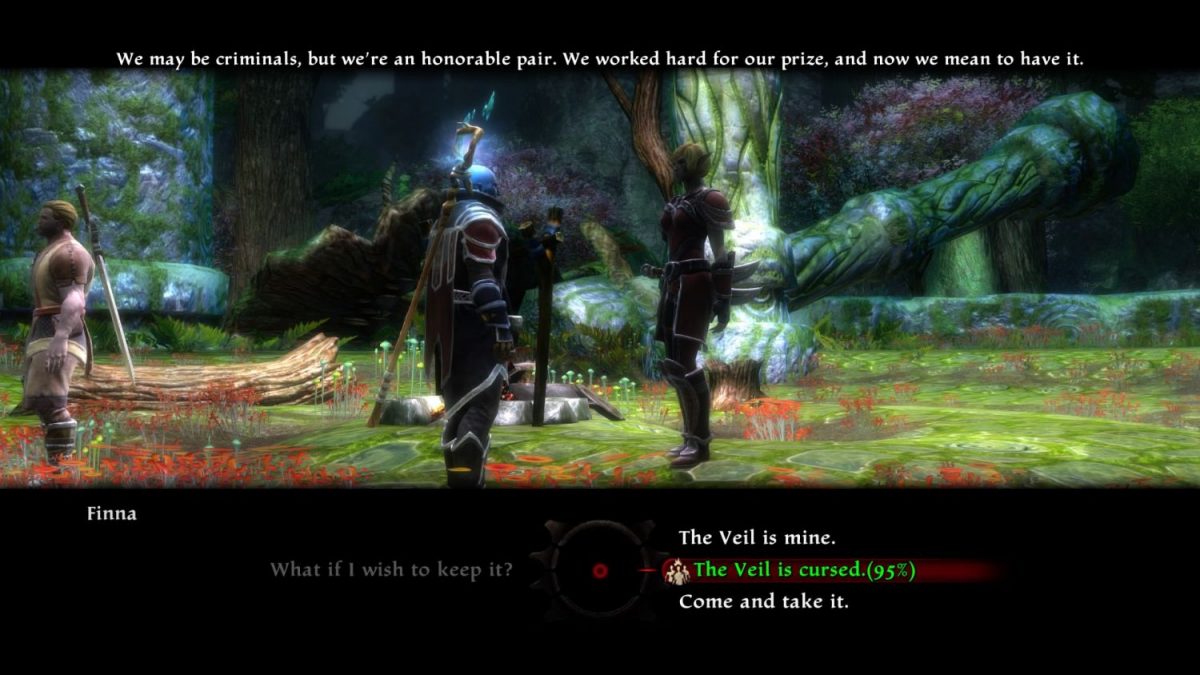
But where story and characters are something the team behind the remaster couldn’t exactly control, they could’ve perhaps improved on the clunky and dated UI and made it much more streamlined… but alas, they also didn’t even touch it.
One of the biggest downsides about the original Kingdoms of Amalur was just how unwieldy its item and inventory system is. Using dropdown menus for weapon, armour and item types is convenient if this game was an Excel sheet. Unfortunately, they just don’t work well in this game, especially not on a controller. Perhaps the devs could have considered doing a revamp where the items were all splayed out in a grid, which would complement the deep Diablo-esque item system here.
There is also the missed opportunity to add an “Optimise” button a la Final Fantasy, which would let players instantly equip their best-in-slot gear to quickly dive back into the action, or a quick-craft option in Alchemy, Sagecraft and Blacksmithing, to make the crafting experience just a little bit less tedious. It makes sense to do so, given the fast-paced nature of Re-Reckoning’s combat, and in this case would certainly have helped steer the game to its more action-oriented identity.
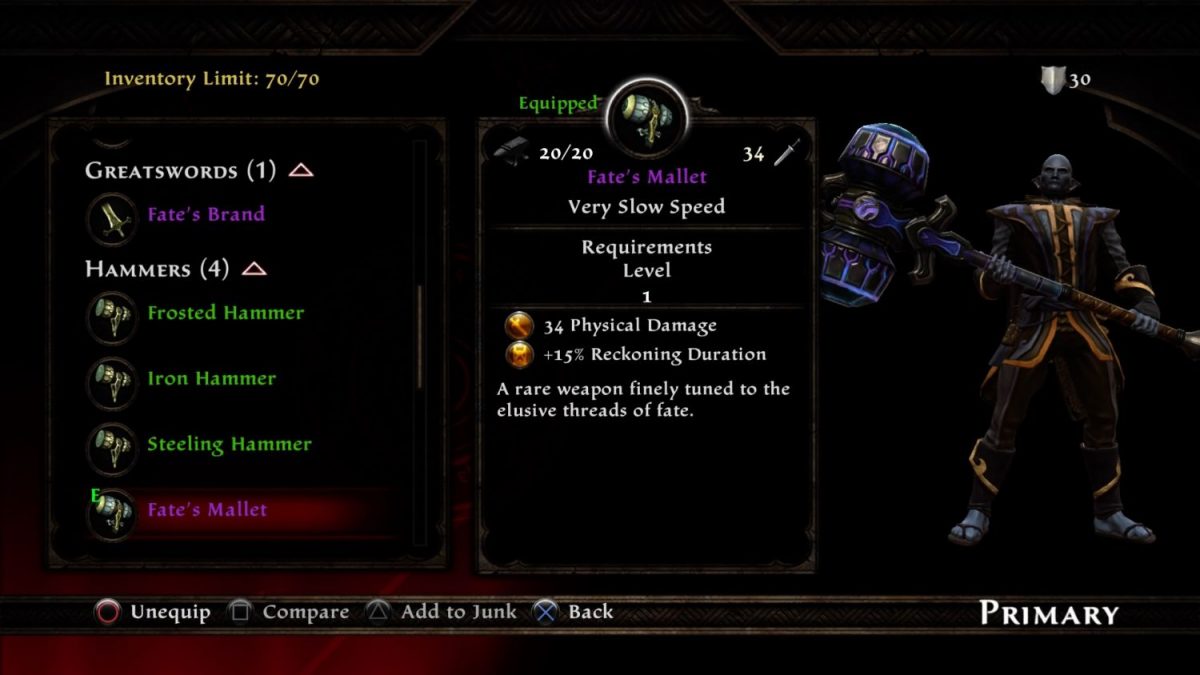
On the topic of identity, it would still be appropriate to say Kingdoms of Amalur: Re-Reckoning is a game that is still confused about what it wants to be. On one hand, it has this incredibly-detailed world with a rich vein of backstory and lore, but wasn’t really capitalised on. On the other, it possesses one of the most satisfying and engaging combat systems that came out at the time, and still is really fun to play. There was an opportunity for THQ Nordic to build upon the latter as it clearly shines in that regard by supporting it with better graphics and, more importantly, a more streamlined UI, that would’ve made it a much more enjoyable remaster.
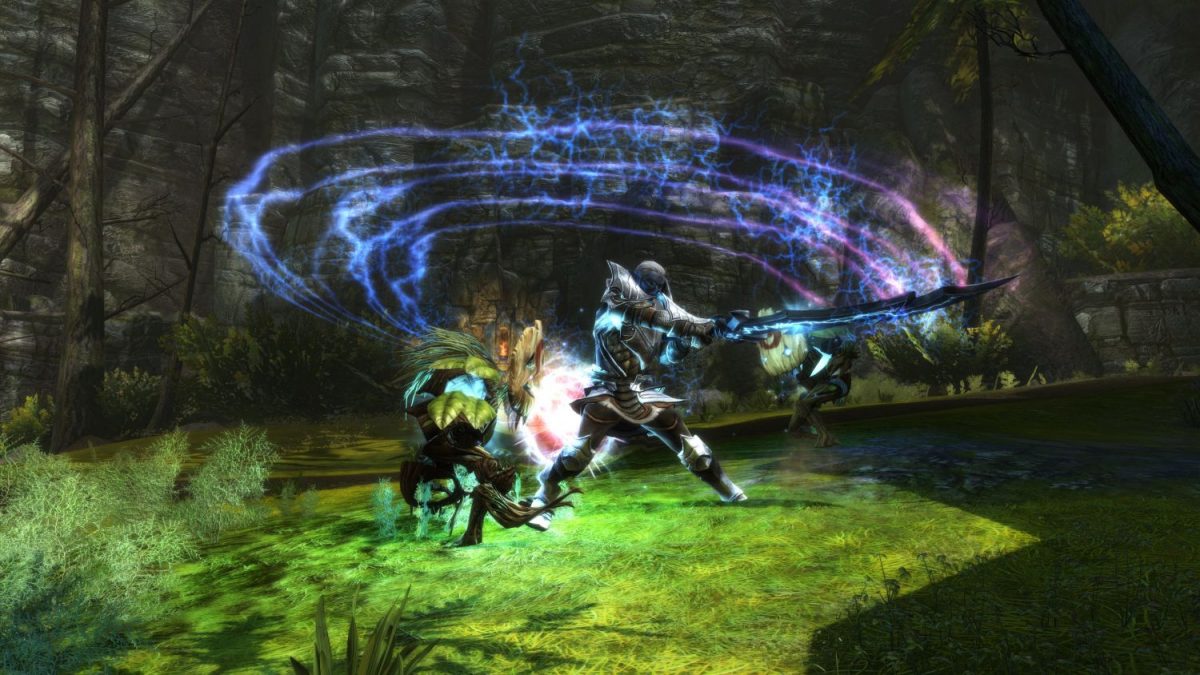
Fortunately, the devs still have one more trick up its sleeve as there is actually a new DLC, Fatesworn, planned for 2021, so hopefully that will be a sign that things are looking up for the franchise as a whole. But on its own, Kingdoms of Amalur: Re-Reckoning is hard to recommend at full price, simply due to the fact that there just isn’t enough to entice players to want to jump back into Amalur.
GEEK REVIEW SCORE
Summary
Eight years on, Kingdoms of Amalur still feels, looks and plays just like it did when it first released — and not for the best of reasons. THQ Nordiq missed out on a ton of opportunities to fine-tune many of its kinks, which look really outdated in today’s gaming landscape. Otherwise, it’s always nice to dive back into one of the most underrated fantasy RPGs in the past decade.
Overall
7.4/10-
Gameplay - 8/10
8/10
-
Story - 7/10
7/10
-
Presentation - 7/10
7/10
-
Value - 7.5/10
7.5/10
User Review
( votes)Marion has a serious RPG addiction. Sometimes it bleeds into real life; he forgets to sleep because he thinks he has a Witcher’s body clock. Forgive him in advance if he suddenly blurts out terms such as “Mind Flayer” and “Magic Missile”, because never once does he stop thinking about his next Dungeons & Dragons game.

